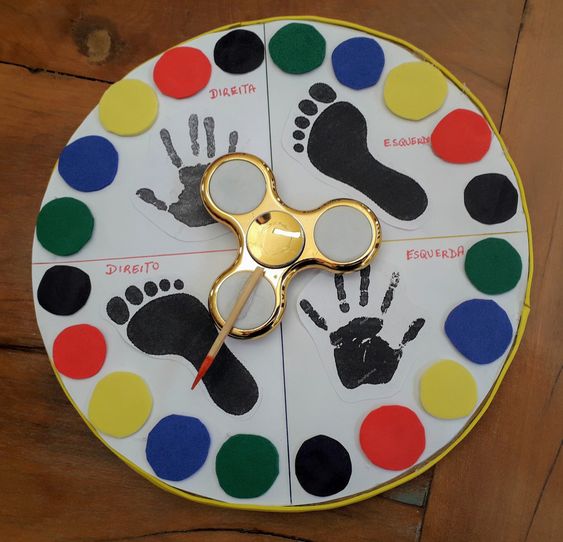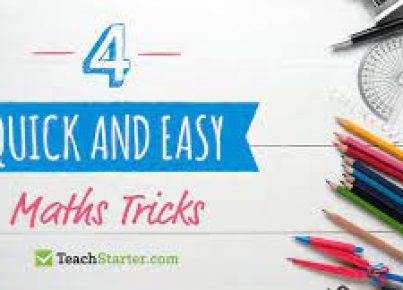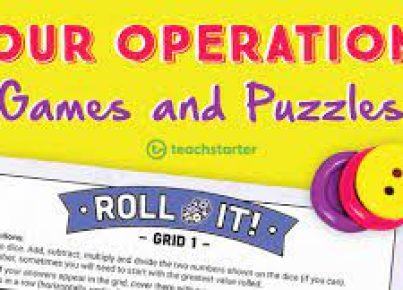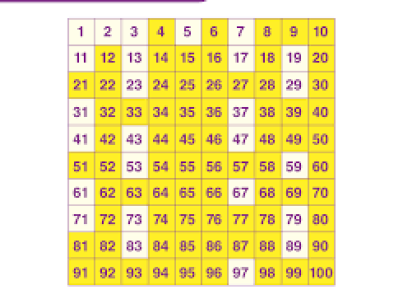Introduction:
Practicing fractions can be a tedious task, especially for young learners. Finding engaging and hands-on ways often makes learning simple and enjoyable. One effective way to achieve this is by using homemade spinners. Spinners are not only educational but also fun and interactive for children. In this article, we will discuss how you can create easy homemade spinners and use them to practice fractions.
Materials You’ll Need:
1. Cardstock or thick paper
2. Markers or colored pencils
3. Scissors
4. A paper clip
5. A pencil or small wooden dowel (for spinning)
Step-by-Step Guide to Make a Fraction Spinner:
Step 1: Cut a Circle
Cut out a circle from the cardstock or thick paper. The size is up to you, but we recommend a diameter of around 6 inches for ease of use.
Step 2: Divide into Sections
Using a marker or colored pencil, divide the circle into equally-sized sections, like a pie chart. Each section should represent a fraction corresponding to the number of sections you’ve created (e.g., if you have 8 sections, each will represent 1/8).
Step 3: Label the Sections
Write the fraction in each section using the marker or colored pencil. Be sure to use different colors for each fraction to make it visually appealing and easier for kids to differentiate the various fractions.
Step 4: Create the Spinner
Pierce the center of the circle with a sharp point (e.g., tip of the scissors). Place the paper clip onto the circle with one end on top of the center hole, while the other end rests on your spinning surface like an arrowhead. Insert the pencil or small dowel through the center hole and paper clip loop, ensuring it’s loose enough for easy spinning.
Activities to Practice Fractions with the Spinner:
Activity 1: Simple Fraction Recognition
Let your child spin the spinner and see which fraction it lands on. Ask them to say the fraction out loud and write it down. Repeat as needed – this activity helps reinforce fraction recognition.
Activity 2: Comparing Fractions
Set up two spinners with the same or different fractions. Have the child spin both and compare which fraction is larger or smaller. This teaches kids to analyze and compare fractions quickly, enhancing their mental calculations.
Activity 3: Fraction Addition/Subtraction
To perform this activity, use two spinners with similar fractions (e.g., halves, thirds, and sixths). Instruct the child to spin both and add (or subtract) the two fractions shown; then let them solve it using their learned techniques of adding or subtracting fractions.
Conclusion:
Easy homemade spinners provide an engaging way for kids of all ages to practice working with fractions. By creating these personalized tools, you are not only teaching children valuable math skills but also allowing them to enjoy learning in a fun and interactive manner. So grab some cardstock, markers, a paper clip, and a pencil – it’s time to make learning fractions exciting!





